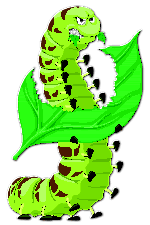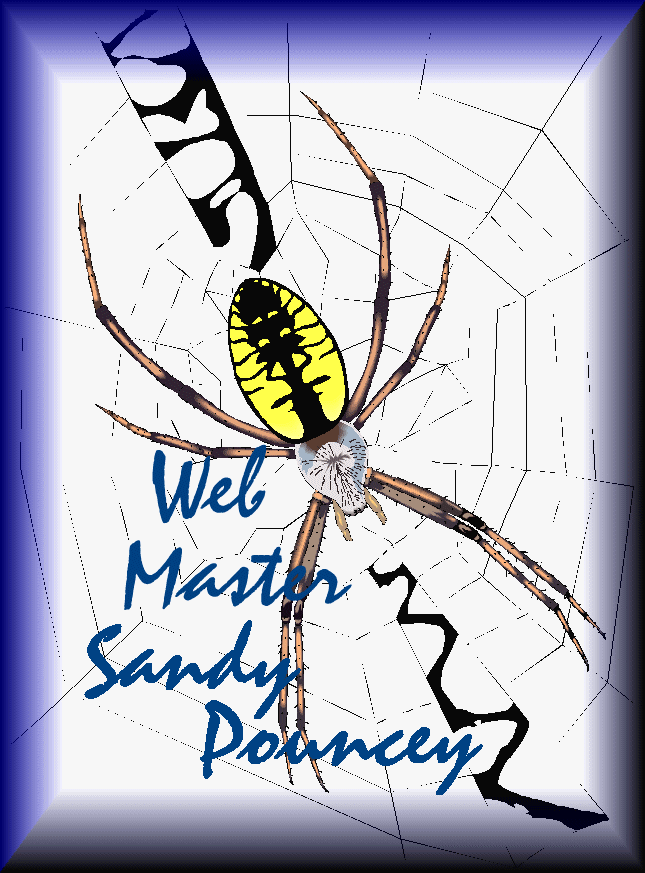

Alabama's trees provide refuge, food, and/or breeding sites for numerous species of insects. Many species are beneficial; many others, however, are pests in that they cause, or are capable of causing, economic loss or unacceptable damage. Hardly any species of tree is without insect enemies. All functional structures of these trees-flowers, fruit, seed, foliage, buds, twigs, branches, bole, and roots- and all stages of growth, seedling to mature tree, are subject to attack and injury by some insect or complex of insects. Some species appear to be general feeders and attack a wide variety of trees, both hardwoods and conifers. Most, however, are more specific in habit and commonly confine attacks to certain species or types of trees, and to certain specific structures of those trees.
Insects associated with Alabama trees have been subjects of study at the Alabama Agricultural Experiment Station for a number of years. Numerous species, pest and non-pest, occur throughout the various tree/forest habitats; natural forest stands, plantations, the urban forest (shade, ornamental, street trees), and special forest situations as the arboretum, tree nursery, seed orchard, and Christmas tree planting. Various species can be found in any to all of these habitats where suitable host trees are present. Their importance as pests, however, depends on the particular tree situation in which active, a matter of tree value based on tree use or purpose.
Paramount to dealing with tree insects is identification of the species. Many species are fairly common and information on habits, importance, and control of some of these is often available and accessible, if the species is known. This being the case, a primary objective in the study of tree insects has been to catalog and classify those commonly associated with Alabama trees, and provide means to aid in detection and identification of species that may be encountered.
 |
|
|
To Lacy L. Hyche |
|
To Web Publications |
|
To Main Page |
All photos courtesy of Lacy L. Hyche
|
Any comments on the design of this page can be sent to the | 
|